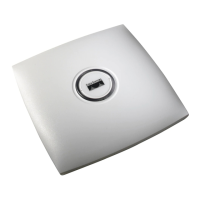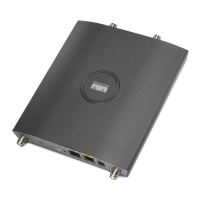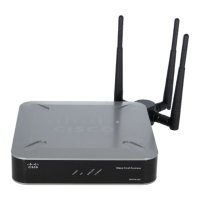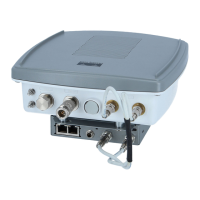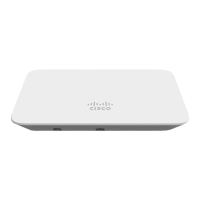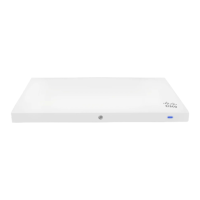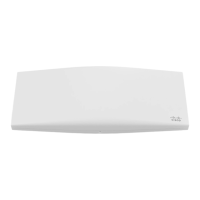after just three retries. The collision probability increases when there are more contending stations. Therefore,
when there are many contending stations in the same collision domain, a higher retry limit and a larger
maximum contention window are necessary. Further, collision probability does not decrease exponentially
when there are hidden nodes in the network. In this case, an RTS/CTS exchange can be used to mitigate the
hidden node problem.
Functional Routing of Three Radio MAPs
Because a directional antenna is required to be attached to the slot 2 radios, you should align and RF tune
each link to minimize the hidden node effect. For example, a MAP at location C should be aligned to the
MAP at location B. The MAP at location C should not be able to see AP at location A. First, align the antennas
and then optimize each link by tuning the RF power. A channel is reused after 4 hops. A maximum number
of 8 hops is supported.
Figure 28: Functional Routing Example
Slot Bias Options
When a 1524SB AP is switched on, either slot 1 or slot 2 can be used for an uplink depending on the strength
of the signal. AWPP treats both slots equally. For a MAP, slot 2 is the preferred (biased) uplink slot, that is,
the slot that is used to connect to the parent AP. Slot 1 is the preferred downlink slot. When both radio slots
are available for use and if slot 1 is used for an uplink backhaul, a 15-minute timer is started. At the end of
15 minutes, the AP scans for a channel in slot 2 so that slot 2 might be used for an uplink backhaul again.
This process is called slot bias.
We recommend that you use directional antenna on slot 2 for a proper linear functionality. We also recommend
that you ensure that slot 2 is selected for a strong uplink. However, there may be some scenarios where
directional antennas are used on both the backhaul radios for mobility. When the AP is powered on, the parent
can be selected in either direction. If slot 1 is selected, the AP should not go to the scanning mode after 15
minutes, that is, you should disable the slot bias.
Cisco Mesh Access Points, Design and Deployment Guide, Release 7.3
66 OL-27593-01
Site Preparation and Planning
Slot Bias Options
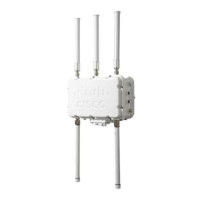
